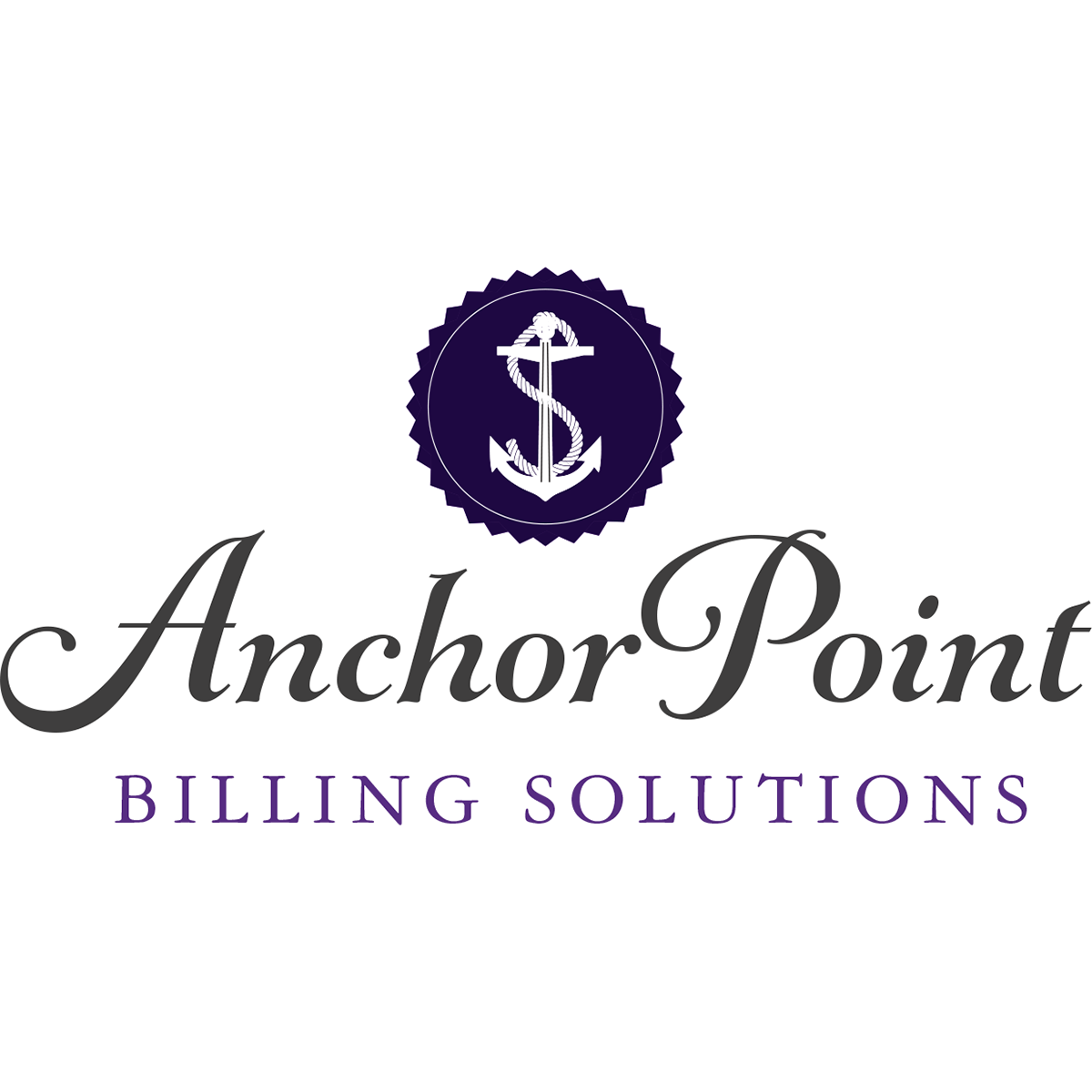Managing insurance billing in a mental health practice involves far more than just submitting claims and hoping for payment. It requires a deep understanding of a complete billing life cycle that begins before the first session and extends through final payment and follow-up.
Each phase plays a critical role in maintaining cash flow, reducing denials, and improving the financial health of your practice. When done right, your billing system can support sustainable growth and allow you to focus more on client care, rather than administrative stress.
In this guide, we walk you through each essential stage of the billing process and highlight strategies to make your billing workflow more accurate, efficient, and profitable.
Step 1: Collecting Accurate Information
The billing cycle starts well before a claim is submitted and even before a session is held. It begins with collecting precise and complete client and insurance information at intake.
This includes gathering the client’s full legal name exactly as it appears on their insurance card, date of birth, current address, the insurance company name and plan type, member and group ID numbers, and policyholder information if applicable. A copy of the front and back of the insurance card should always be kept on file, along with signed consent and financial responsibility forms.
Even a small error like a missing digit or misspelled name can delay reimbursement by weeks. Providers should also be proactive in confirming that insurance information remains up to date. Re-verification is essential at the start of each calendar year, and anytime a client reports a job change, move, or other life event that could impact coverage.
Step 2: Verifying Benefits
Once you have the correct insurance details, the next step is to verify the client’s mental health benefits. This means contacting the insurance company or using a provider portal to confirm that services are covered, that the provider is either in-network or eligible for out-of-network reimbursement, and that required CPT codes fall within the client’s benefits.
You’ll also want to ask about any copays, coinsurance, and deductibles, and whether there are session caps or prior authorization requirements. Some plans also have separate criteria for telehealth services, which should be verified if you offer remote sessions.
No two insurance plans are exactly alike. Even clients with the same insurance provider may have different levels of coverage, and benefit verification ensures you avoid costly surprises after sessions have been delivered.
Step 3: Coding and Documentation
After a session takes place, the provider must accurately code and document the service in a way that aligns with payer requirements. This includes using the correct CPT code that reflects the type and duration of the session, selecting an ICD-10 diagnosis code that supports medical necessity, and entering all relevant provider and location data.
Session documentation should clearly show the client’s progress, therapeutic interventions used, and how the session relates to the client’s diagnosis and treatment goals. Strong clinical notes that align with the billing claim not only support reimbursement but also protect providers in the event of an audit.
Coding and documentation are where clinical care meets administrative compliance. Doing it well sets the foundation for consistent payments and minimal friction with insurance companies.
Step 4: Claim Submission
Once claims are fully prepared, they should be submitted electronically through a clearinghouse or billing system. Electronic claims are faster and more traceable than paper submissions, and they significantly reduce the chances of clerical errors delaying processing.
Before submission, every claim should be reviewed for accuracy, including client details, dates of service, procedure codes, and diagnosis codes. Claims must be submitted within each payer’s timely filing window, which typically ranges from 90 to 180 days from the date of service.
Efficient claim submission processes allow providers to maintain consistent cash flow and reduce the administrative burden on front office staff.
Step 5: Adjudication and Explanation of Benefits
Once submitted, the claim enters adjudication, where the insurance payer reviews it for eligibility, accuracy, and alignment with the client’s plan. The payer then issues an Explanation of Benefits (EOB), which outlines what was billed, what was allowed, what was paid, and what the client may still owe.
Reviewing EOBs carefully ensures that payments are being made correctly, and it helps identify any underpayments, denials, or misapplied client responsibilities. Keeping track of EOBs and comparing them to what was expected also supports better communication with clients regarding outstanding balances.
Understanding how each payer adjudicates claims helps providers identify patterns, make corrections more efficiently, and plan revenue more accurately.
Step 6: Payment Posting and Client Billing
After payments are received from insurance, they must be posted to the appropriate client accounts in the billing system. This includes matching the payment to the correct date of service, applying any contractual adjustments, and calculating the client’s remaining responsibility.
Once client balances are confirmed, invoices or statements should be issued promptly and in a format that is clear and easy to understand. The faster payments are posted, the quicker clients can be billed for any out-of-pocket costs, improving your collection rate and minimizing accounts receivable.
Consistent payment posting and billing reinforce trust and transparency with clients while helping your practice remain financially stable.
Step 7: Denial Management and Appeals
Unfortunately, not all claims are paid on the first try. Many are denied for reasons like incorrect coding, missing authorizations, invalid policy details, or payer-specific rules.
Effective denial management requires identifying the reason for the denial, correcting errors promptly, and resubmitting or appealing within the payer’s timeline. Sometimes denials are based on misunderstandings that can be resolved with a phone call; other times, they require additional documentation or a formal appeal.
Every denial should be treated as a learning opportunity to improve your process. Having a structured follow-up system and experienced billing support can significantly reduce revenue leakage and frustration.
Step 8: Reporting and Revenue Analysis
The final—and ongoing—stage of the billing cycle is monitoring and analyzing your practice’s financial performance. This includes reviewing reports on total charges, collections, claim denial rates, aging accounts, and average time to payment.
By tracking this data, providers can identify trends such as slow-paying payers, frequent coding issues, or underutilized services. These insights can guide operational decisions, such as adjusting session rates, renegotiating contracts, or refining your scheduling model to improve productivity.
Financial reporting should not be a reactive process. It should be used proactively to support smart, strategic decisions that help your practice thrive.
Why It Matters
Every step in the billing life cycle plays a role in helping you run a practice that is both client-centered and financially sustainable. Treating billing as a strategic process—not just administrative busywork—can make the difference between constant stress and consistent growth.
When even one phase of the cycle is neglected, it creates a domino effect that impacts your ability to get paid on time. But when each step is handled with care, it sets up your practice for financial clarity, better cash flow, and more time to focus on what matters most: your clients.
How Anchor Point Billing Solutions Can Help
Managing all of these steps yourself can be time-consuming, overwhelming, and distracting from the core work of therapy. At Anchor Point Billing Solutions, we specialize in handling every stage of the billing life cycle for mental health professionals.
Our services include:
- Accurate client intake and insurance data collection
- Insurance benefit verification and eligibility checks
- CPT and ICD-10 coding guidance
- Clean and timely claim submissions
- Payment posting and patient invoicing
- Denial tracking, appeals, and resolution
- Financial reporting and practice performance insights
We don’t just process claims, we partner with you to strengthen your practice from the inside out.
Ready to Simplify Your Billing?
If you’re ready to stop chasing payments and start collecting more of what you’ve earned, contact Anchor Point Billing Solutions today. We’ll help you build a streamlined, reliable billing system so you can get back to focusing on your clients with confidence.

